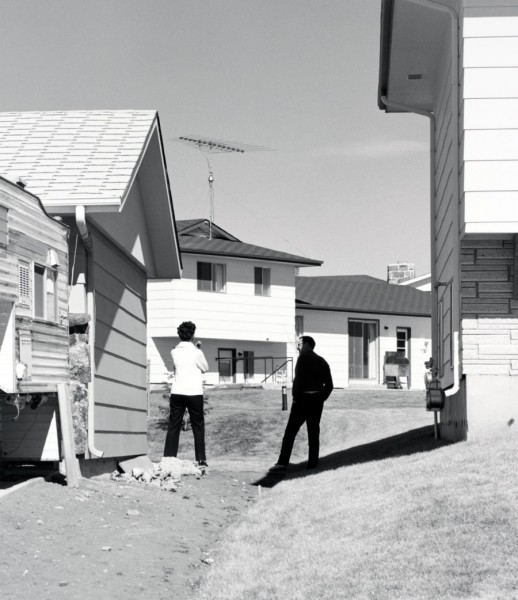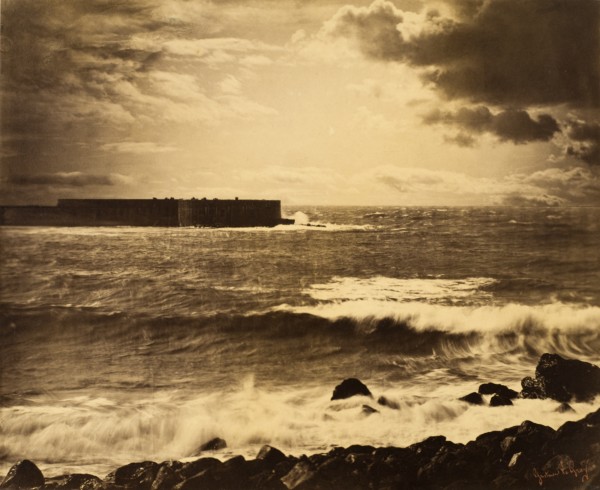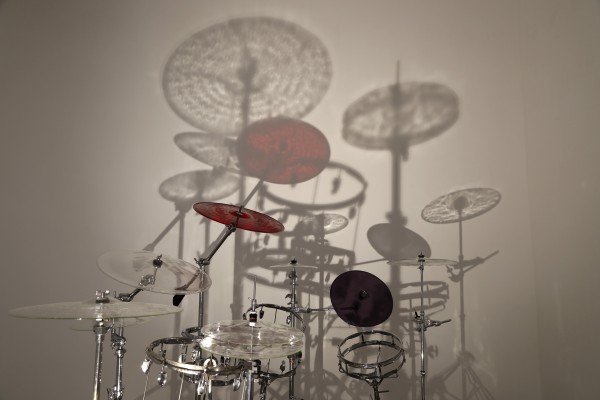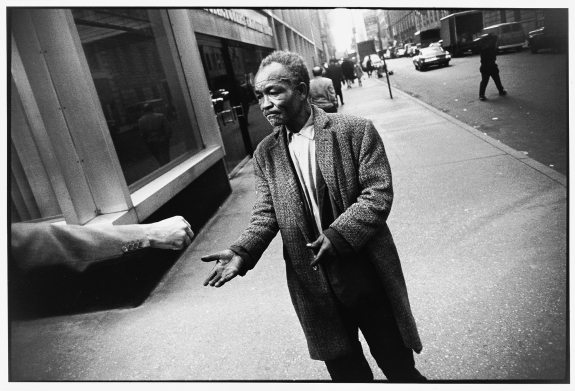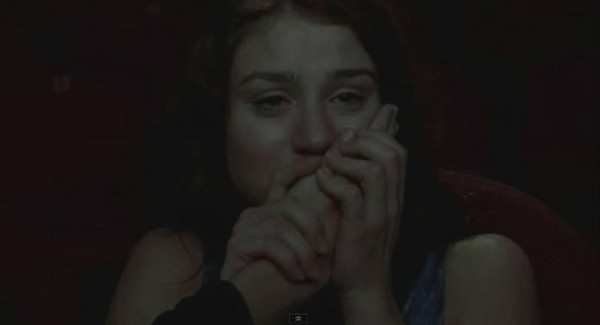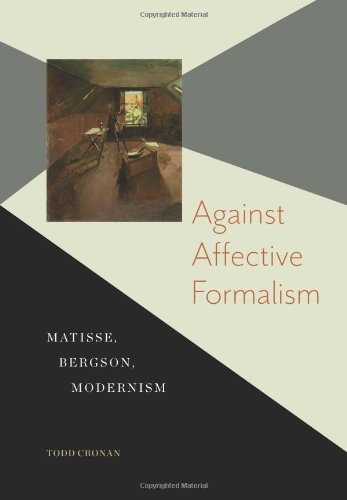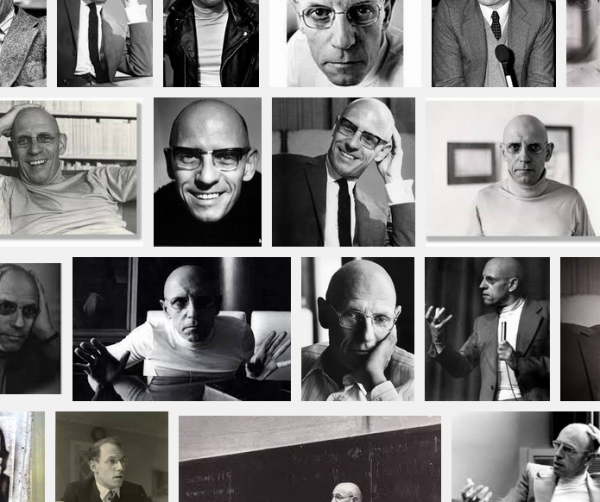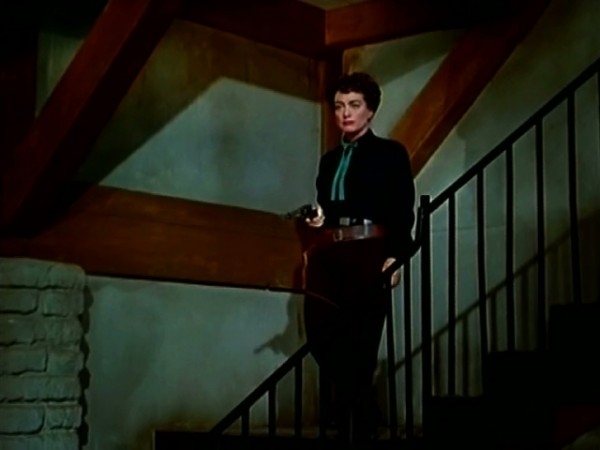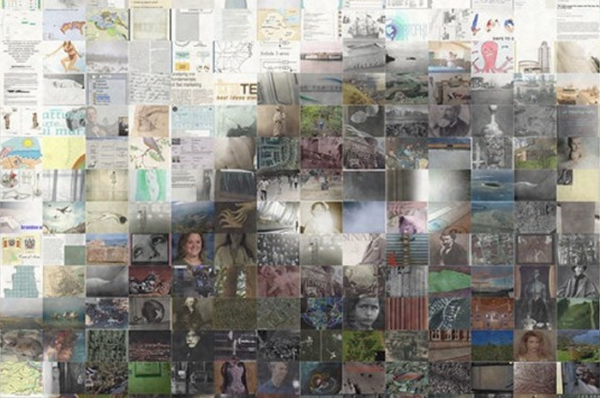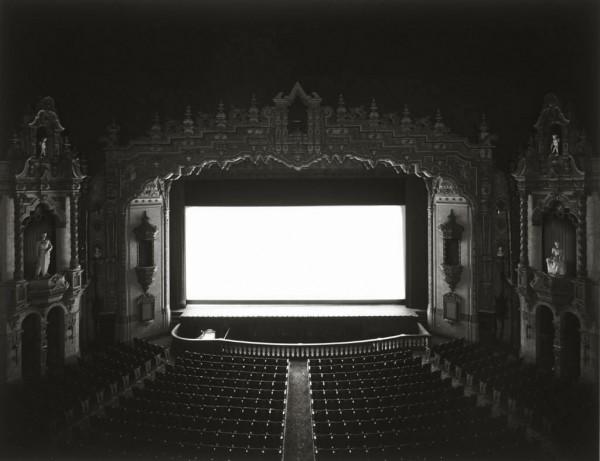
The Temporal Fried
From 1967 to the present, no other writer has so systematically thought through the history and effects of artistic temporality. This accomplishment necessarily binds together his art criticism and his art history, and it allows us to see another layer of significance to the legacy of “Art and Objecthood” fifty years after its publication.

